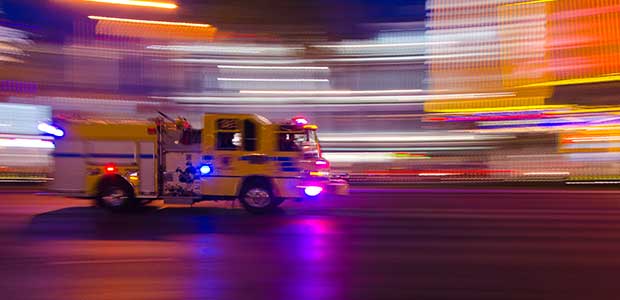
National Traffic Incident Response Week: Three Tips to Do Your Part
The Federal Highway Administration has declared Nov. 13-19 as National Traffic Incident Response Week to remind drivers to "slow down and move over."
- By Jessica Davis
- Nov 15, 2017
As we move toward the end of the year, with winter holiday traffic and more difficult driving conditions, it's important to be mindful on the road – not only to avoid traffic incidents but to protect those who respond to them. The Federal Highway Administration has declared Nov. 13-19 as National Traffic Incident Response Week to remind drivers to "slow down and move over."
Traffic incidents are the No. 1 cause of death for EMS/EMT responders and the leading cause of death for police officers. Almost 13 percent of police officers and firefighters who are killed in the line of duty die in vehicle-related incidents. The following are three steps drivers can take to help minimize the dangers emergency responders face:
- If you can steer it, clear it: After a fender-bender or crash, if (and only if) your car is driveable and there are no injuries, move your car to the shoulder or a nearby safe place off the road. Many drivers think they should not move their car until the police arrive and they can make an accident report, but this is false and can put drivers, their cars, and other people at risk.
- Slow down and move over: When you pass by an incident scene and/or see lights, vests, or reflectors, slow down and move over. This provides a protective buffer for you, for emergency responders, and for the motorists behind you. You can get a ticket if you don't slow down and move over.
- Drive safely: As always, drive sober and without distractions such as cell phones. Use your seat belt and stay aware of your surroundings.
About the Author
Jessica Davis is an Associate Content Editor for 1105 Media.